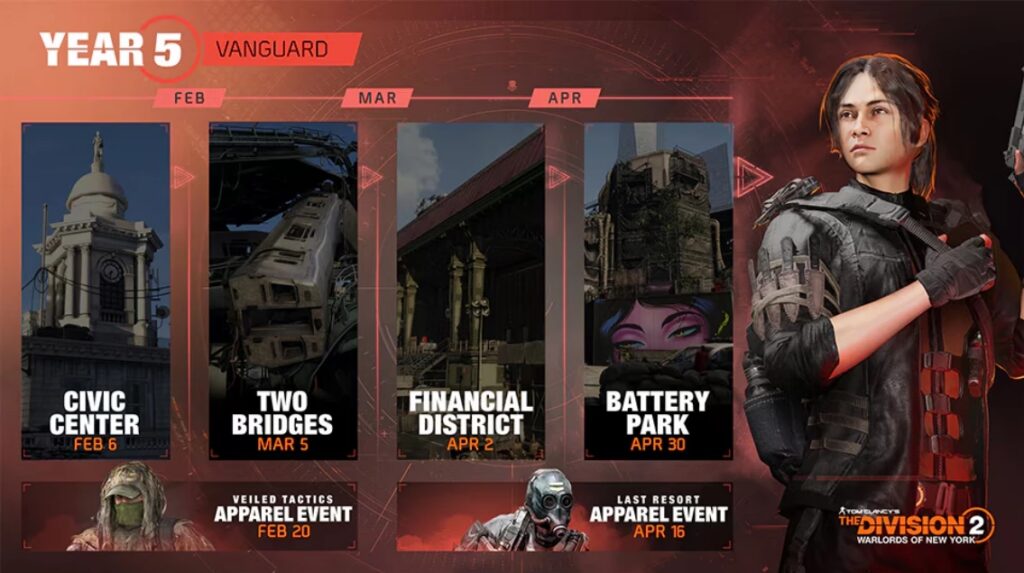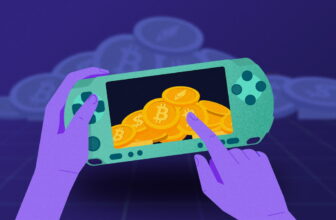
Over the past year, The Division 2 has introduced an exciting new feature known as Faction Wars, which has significantly altered the game’s dynamics. This article explores this new addition, its impact on gameplay, and the reactions from the player community, while also discussing strategic considerations and future implications.
Table of Contents
Introduction of Faction Wars
The introduction of Faction Wars adds a new layer of strategic depth to The Division 2, involving various factions vying for control over different districts of Washington, D.C. This feature encourages players to ally with a faction and participate in new missions and activities centered around territorial control.
The Faction Wars not only enrich the narrative but also introduce a complex system of alliances and rivalries, deepening player immersion in the game’s world.
Gameplay Changes and Challenges
With Faction Wars, The Division 2 introduces enhanced mechanics that require players to think strategically about their movements and alliances. Players must now consider their faction’s strength, territory, and the dynamics of ongoing conflicts.
These additions have introduced new objectives, such as securing supply lines, defending strongholds, and launching assaults on rival faction territories, which require coordinated team play and strategic planning.
Community Reaction
The community’s response to Faction Wars has been largely positive, with players appreciating the additional content and complexity it brings to the game. However, some have expressed concerns about balance issues and the integration of new players into this more complex gameplay environment.
Players have been actively discussing strategies, sharing tips, and collaborating more than ever, which has helped to foster a strong community spirit.
Future Outlook
The developers have indicated that Faction Wars is just the beginning of a series of expansive updates planned for The Division 2. Future updates may include more factions, enhanced AI interactions, and deeper narrative elements related to the ongoing wars.
There is also potential for the introduction of new technologies and gameplay mechanics, such as drones and AI-controlled units, which could play pivotal roles in Faction Wars.
Strategic Implications
Faction Wars has not only changed how players engage with The Division 2 but also how they think about their long-term strategies within the game. Players are now more invested in the outcomes of their actions, as these can have lasting effects on the game’s world. This has increased the stakes and the satisfaction players get from participating in these events.
Conclusion
Faction Wars has proven to be a significant and successful update for The Division 2, enhancing the game’s strategic complexity and community engagement. It represents a promising direction for the future development of the game, promising ongoing excitement and challenges for its players.
As the game continues to evolve, it will be fascinating to see how the dynamics of Faction Wars influence the broader narrative and gameplay of The Division 2.









